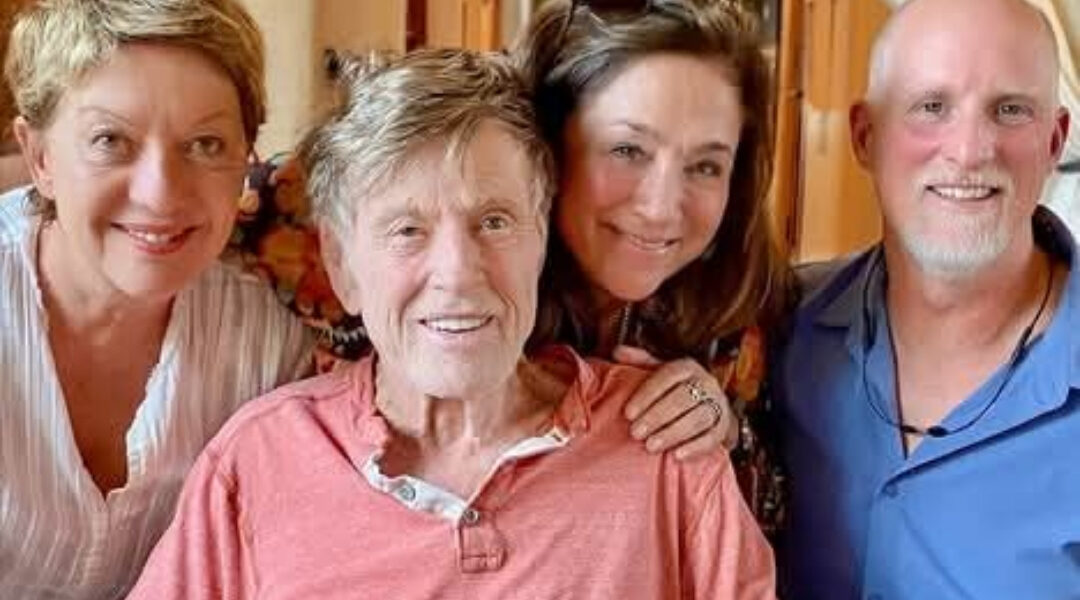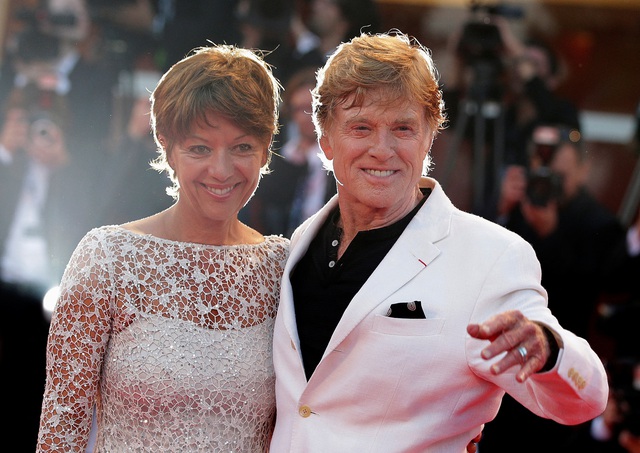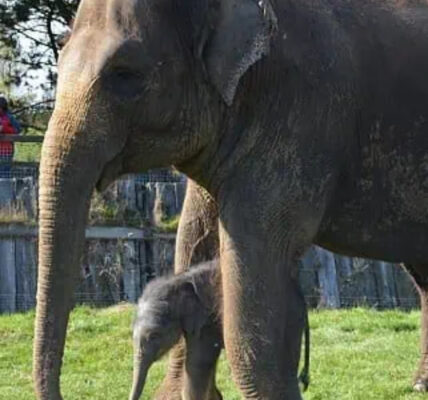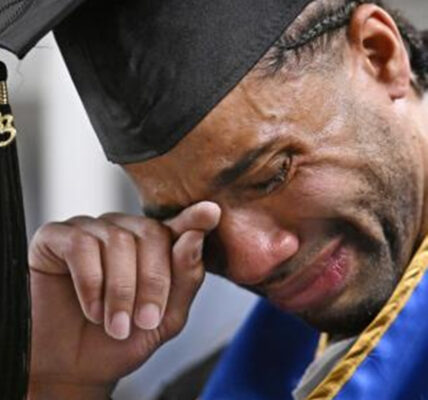The photo captures what words often fail to hold — a moment so gentle it feels almost sacred. Taken in December 2024, it shows Robert Redford seated between his beloved wife, Sibylle Szaggars Redford, and friends Cristina Mittermeier and Paul Nicklen, both renowned photographers and conservationists. The occasion was intimate: the release of Mittermeier’s book HOPE, for which Redford had written the foreword.

He looks older here — the golden hair now silver, the familiar smile softened by time. Yet the light in his eyes remains unmistakable. It’s the same spark that once carried Sundance across the screen, that same quiet intensity that made audiences believe in rebels, dreamers, and men of conscience.
The table before them is simple. There are no film lights, no staged grandeur — just warmth, friendship, and the presence of a man who, even in stillness, radiates purpose. He had spent his life telling stories that mattered, but now, at 88, he seemed content to let this one speak for itself.
In his foreword for HOPE, Redford wrote:
“Hope does not need to be merely a passive wish. It can be an active force to propel us forward.”
It was more than a line — it was a reflection of how he had lived. From his earliest days as a painter and outsider actor to his decades championing independent cinema and environmental activism, Redford’s life had always been defined by motion — not loud, but relentless.
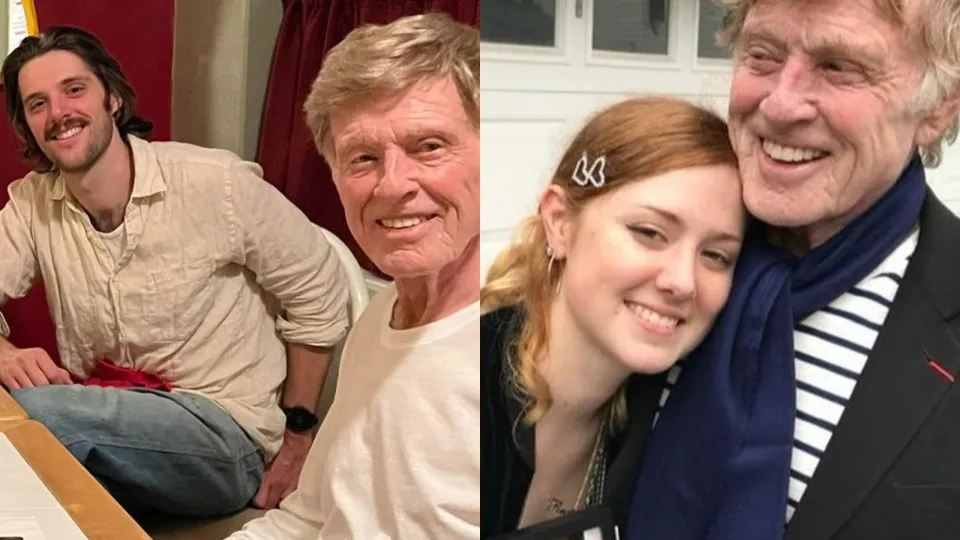
Through the Sundance Institute, he gave thousands of young filmmakers a chance to tell their truths. Through his activism, he fought for the preservation of wild lands, clean air, and honest storytelling. He didn’t seek fame — he sought meaning.
And that’s what makes this final image so moving. He isn’t surrounded by cameras or crowds, but by love and purpose — the two things that guided him most.
Those who knew him best said he’d grown quieter in his final years, but never withdrawn. He loved the land — the red canyons of Utah, the whisper of wind through the pines near his home, the way sunlight danced on water at dusk. Even when his body slowed, his spirit never did. He remained, as always, an artist — observing, reflecting, still chasing beauty in the ordinary.
In that December photograph, his smile tells its own story: of a man at peace with what he’s given, and what he’s leaving behind.
For many, Robert Redford will always be the Sundance Kid, the grinning con man in The Sting, or the weathered sailor in All Is Lost. But for those who look closer, his true legacy lies off-screen — in the way he used his fame not for vanity, but for vision.
He believed in the power of art to change minds, and in the power of nature to heal hearts. He spent his last years urging others to protect what’s fragile — our planet, our truth, our hope.
In a world often dimmed by cynicism, Redford remained a steady light — not blinding, but enduring. And in this photo, surrounded by people who shared his mission, he seemed to pass that light quietly forward.
He once said, “The best thing you can do with love is give it away.”
That’s exactly what he did — through film, through activism, through the quiet grace of a life lived with intention.
And so, this final picture isn’t just a farewell. It’s a reflection of everything Robert Redford stood for: art, humility, friendship, and above all — hope.
Because even as the curtain falls, his message lingers, soft as the desert wind he loved so much:
Hope is not a dream. It’s the work of the heart that keeps the world alive.
